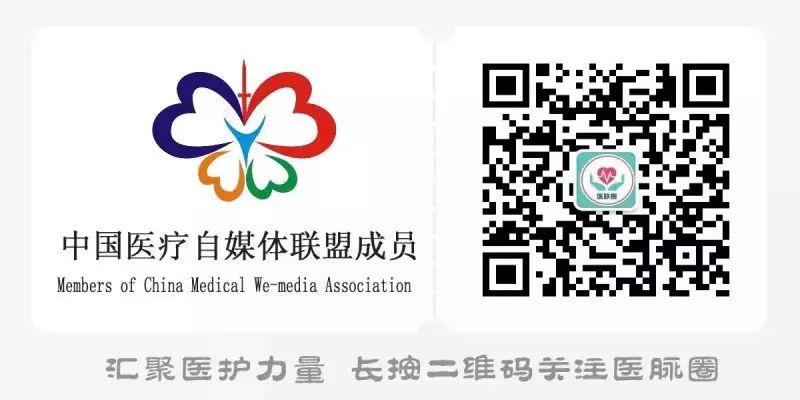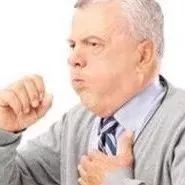
Introduction: We all know that colds can be classified as Wind-Cold or Wind-Heat. So, how can we accurately determine the type of cold we have? How do we choose effective medications for treatment? Ganmao Qingre Granules are used for treating Wind-Cold colds; can they be used for Wind-Heat colds? Addressing these questions requires a dynamic perspective to analyze cold symptoms flexibly.
Author: Zhao Ligang
Beijing Jinxiang Pharmacy, Xizhimen Store
Differences Between Wind-Cold and Wind-Heat Colds
1. The most significant difference between Wind-Cold and Wind-Heat colds is the severity of symptoms.
Wind-Cold Cold: Symptoms are milder, often caused by exposure to cold, with minimal fever, tightness in the body, sensitivity to cold, no sweating, or difficulty sweating, a scratchy throat, and clear nasal discharge.
Wind-Heat Cold: Symptoms are more severe, with significant fever, even high fever, thick nasal discharge, and pronounced throat pain.
2. The symptoms of the two types of colds may seem distinct, but in reality, for individuals, both cold and heat patterns are normal responses of the body to illness. They should be viewed in relation to each other; there exists a dynamic relationship between cold and heat, and they are not entirely opposed to each other, nor is it a simple either/or situation. TCM treatment emphasizes syndrome differentiation in medication, which is based on a dynamic observation of the condition, selecting medications according to the actual situation of the illness.
In the early stages of a cold, symptoms are generally mild and often caused by Wind-Cold exposure. If the body has good health and strong resistance, it can effectively combat the pathogenic factors, and the cold may remain at the Wind-Cold symptom stage. At this point, taking some medications may suffice, and some individuals may even recover without medication. However, if the pathogenic factors are strong or the body’s resistance is weak, the cold may quickly progress to Wind-Heat symptoms. For example, children and the elderly often have weaker constitutions, and once they catch a cold, the Wind-Cold symptoms can quickly transform into Wind-Heat symptoms. During this transition, symptoms of mixed cold and heat may appear, no longer being purely Wind-Cold or Wind-Heat. Sometimes, typical Wind-Heat colds may also present certain cold symptoms due to subsequent exposure to cold.
Choosing Medications for Wind-Cold and Wind-Heat Colds in TCM and Western Medicine
Understanding this relationship allows for fewer artificial constraints when choosing medications, eliminating the need to be overly concerned about whether one has Wind-Cold or Wind-Heat. For most colds, the symptoms often belong to a mix of cold and heat: some may feel cold, have no fever, experience clear nasal discharge, and have severe throat pain; others may have a high fever, clear nasal discharge, no sweating, and throat pain, etc. In this case, medications should address both cold and heat.
So, how should we choose medications from both TCM and Western medicine?
Western Medicine
In Western medicine, there is no distinction between Wind-Cold and Wind-Heat; instead, various compound preparations are often targeted at different symptoms. Aspirin, acetaminophen, and ibuprofen are used for fever and pain relief, while pseudoephedrine and chlorpheniramine maleate relieve nasal discharge and sneezing symptoms. Dextromethorphan is used for cough suppression, and amantadine is effective against cold viruses, particularly the influenza A virus. One can choose suitable compound preparations based on their symptoms. The notable feature of OTC Western medications for colds is their rapid onset, quickly controlling symptoms, but they may be less effective against viruses, particularly for throat pain relief.
Traditional Chinese Medicine
For TCM, Wind-Cold colds can be treated with Ganmao Qingre Granules, Zheng Chaihu Decoction Granules, Ganmao Shufeng Tablets, Wind-Cold Cold Granules, and Ginger Jujube Cold-Expelling Granules, etc. Generally, individuals with stronger resistance can benefit from these medications.
For Wind-Heat colds, one can use Lianhua Qingwen Capsules, Wind-Heat Cold Granules, Qingkailing, Antiviral Oral Liquid, Lingqiao Jiedu Pills, and Yinqiao Jiedu Granules, etc.
For symptoms of mixed cold and heat, one can use a medication for Wind-Cold colds combined with Banlangen (Isatis Root), Pudilan (Pulsatilla), and Lanjing Oral Liquid, etc.
Integrating TCM and Western Medicine
Additionally, taking a Western medication alongside Banlangen, Pudilan, and Lanjing Oral Liquid can enhance the treatment effect against viruses and pathogenic bacteria.
Reminder:
1. The occurrence, progression, and resolution of diseases is a process of mutual restriction between pathogenic factors and the body’s resistance. Only when the body’s resistance is stronger than the pathogenic factors can recovery occur.
2. When combining TCM and Western medications, be cautious of the Western components contained in TCM preparations; do not use them together if they contain the same ingredients.
3. Medications are merely aids and should not be relied upon as the sole solution. Therefore, during a cold, it is essential to focus on rest, ensure adequate nutrition that is beneficial for absorption, get plenty of rest, and drink more water to facilitate the elimination of various metabolic products, especially drug metabolites. This way, the body can recover health more quickly.
Disclaimer All rights reserved by the original author. If there is any infringement, please contact WeChat ID slyt777 for deletion.
Submission Email: [email protected]


